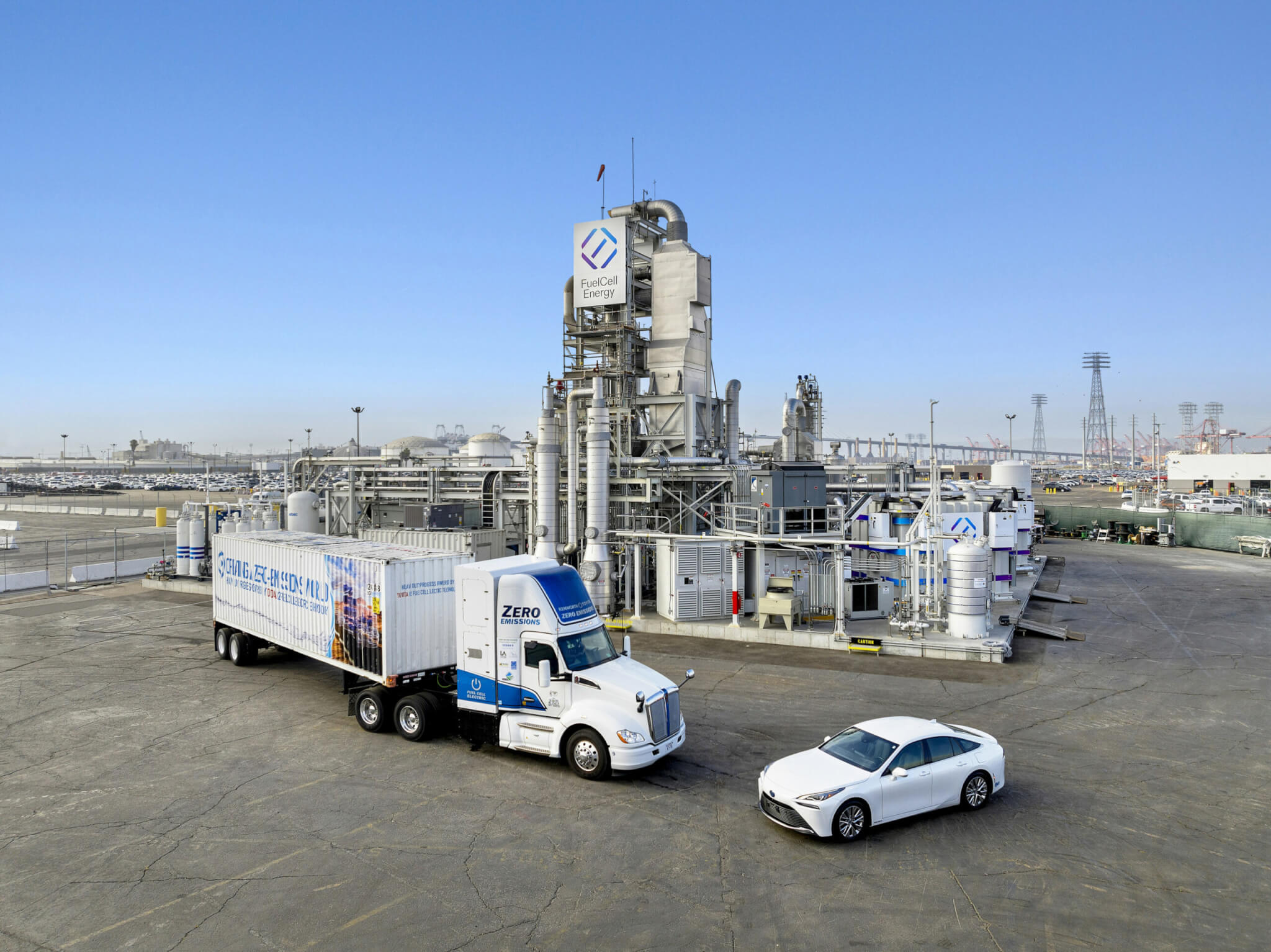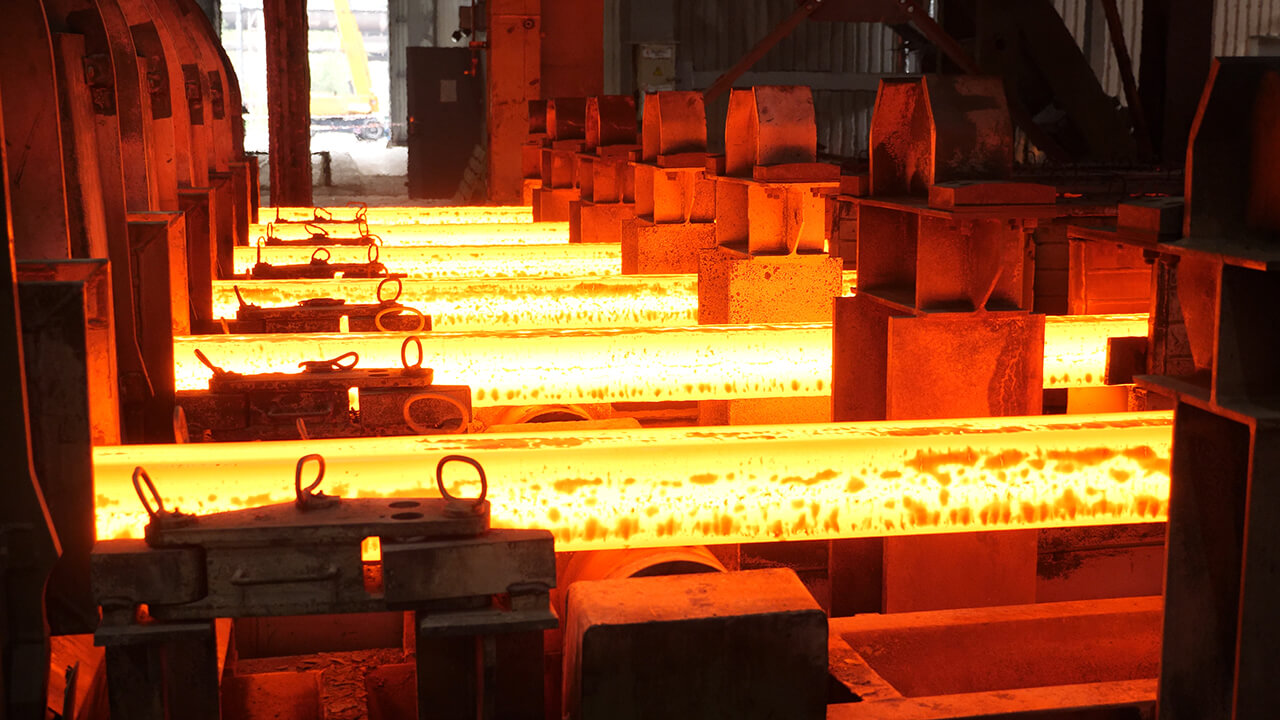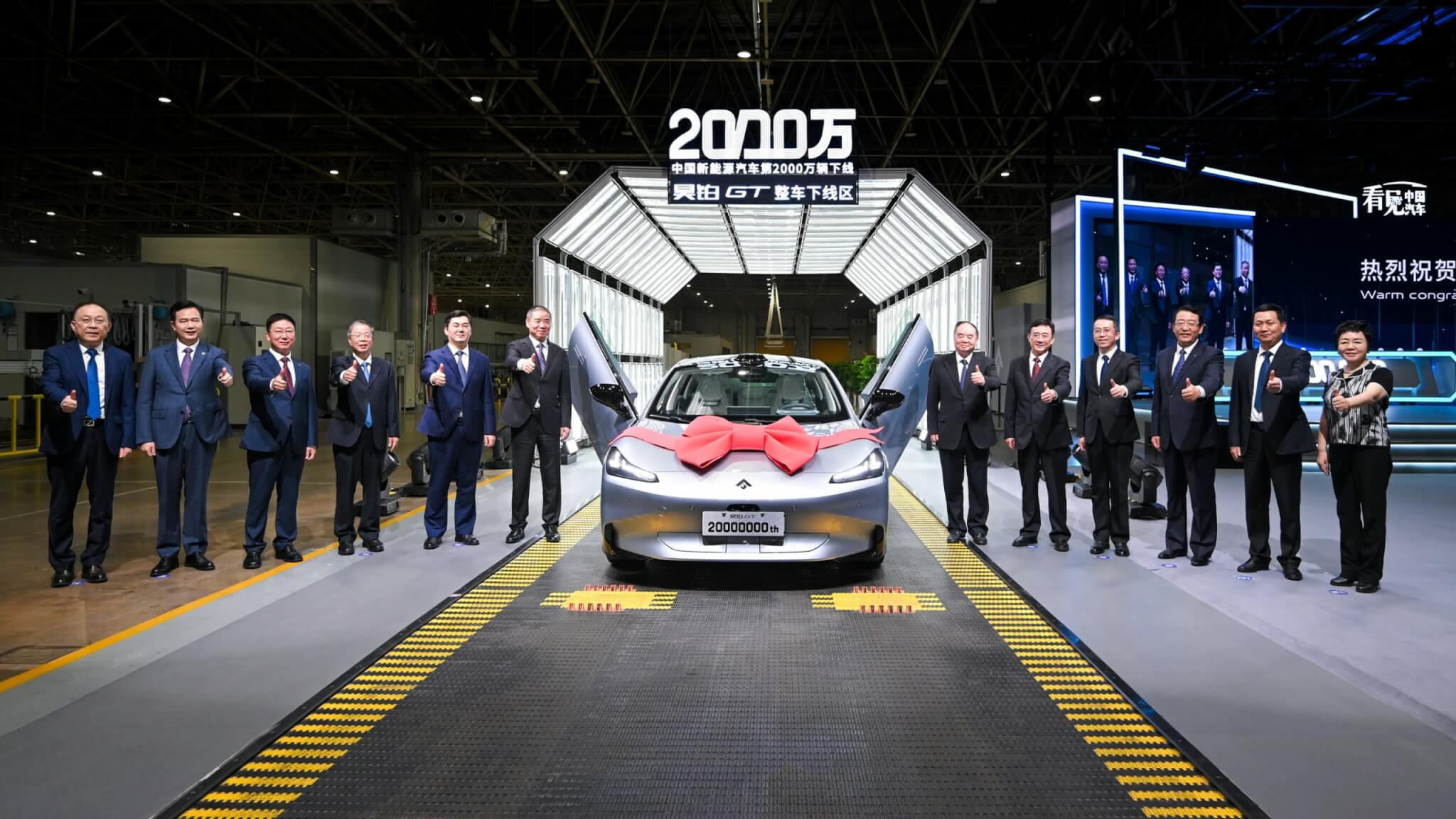Firefighting specials for Germany, vehicles for the Czech and Belgian army and other orders that are directed to the sector where full-drive medium and heavy trucks are used. The Kopřivnice manufacturer is doing well. Last year, Tatra Trucks produced 1,326 vehicles while continuing to develop new generations of vehicles for civilian and military needs.
Heavy trucks with electric drive, burning hydrogen or completely driverless? In the not too distant future, this could be a reality. A few years ago, several projects were launched at Tatra in Kopřivnice in response to ever-tightening emission limits and the challenges of autonomous driving. At the same time, the company is developing new generations of its standard Tatra Force and Tatra Phoenix models here – with conventional drives and with a driver – as demand for these is currently growing.
“The company has two model series: the Tatra Phoenix and the Tatra Force.”
In 2022, the Kopřivnice-based Tatra Trucks automaker achieved sales of CZK 7.12 billion, which is 10 percent more than planned. It delivered 1,326 vehicles to customers in various segments and plans to further increase production this year. If the plan is successful, the company will reach record numbers in its modern history, represented by the entry of new Czech owners in 2013. About half of the production is for civilian purposes, half is for military use.
The main production programme at Tatra is represented by two model series: the Tatra Phoenix, which benefits from more than a decade of cooperation with DAF, whose cabs and engines are used in this vehicle, and the Tatra Force, which is intended for special purposes and can be equipped with engines and transmissions of its own design as well as those of foreign provenance.
In addition, Tatra Trucks manufactures and offers stand-alone chassis which, thanks to their design, can be used for a wide range of applications other than trucks. Again, they are mainly used for special vehicles (for the defence sector as well as for the firefighting and agricultural sectors, for example), for which they are able to provide excellent mobility in the most demanding terrain and under extreme weather conditions.
Unique design
“It’s a unique chassis concept that was born in the 1920s and hasn’t been surpassed yet. The principle is the use of a central support tube and axles with independently suspended swinging semi-axles bolted into one unit,” Radomír Smolka, Director of Research and Development at Tatra Trucks, answers the question of what is the success of the Kopřivnice trucks.
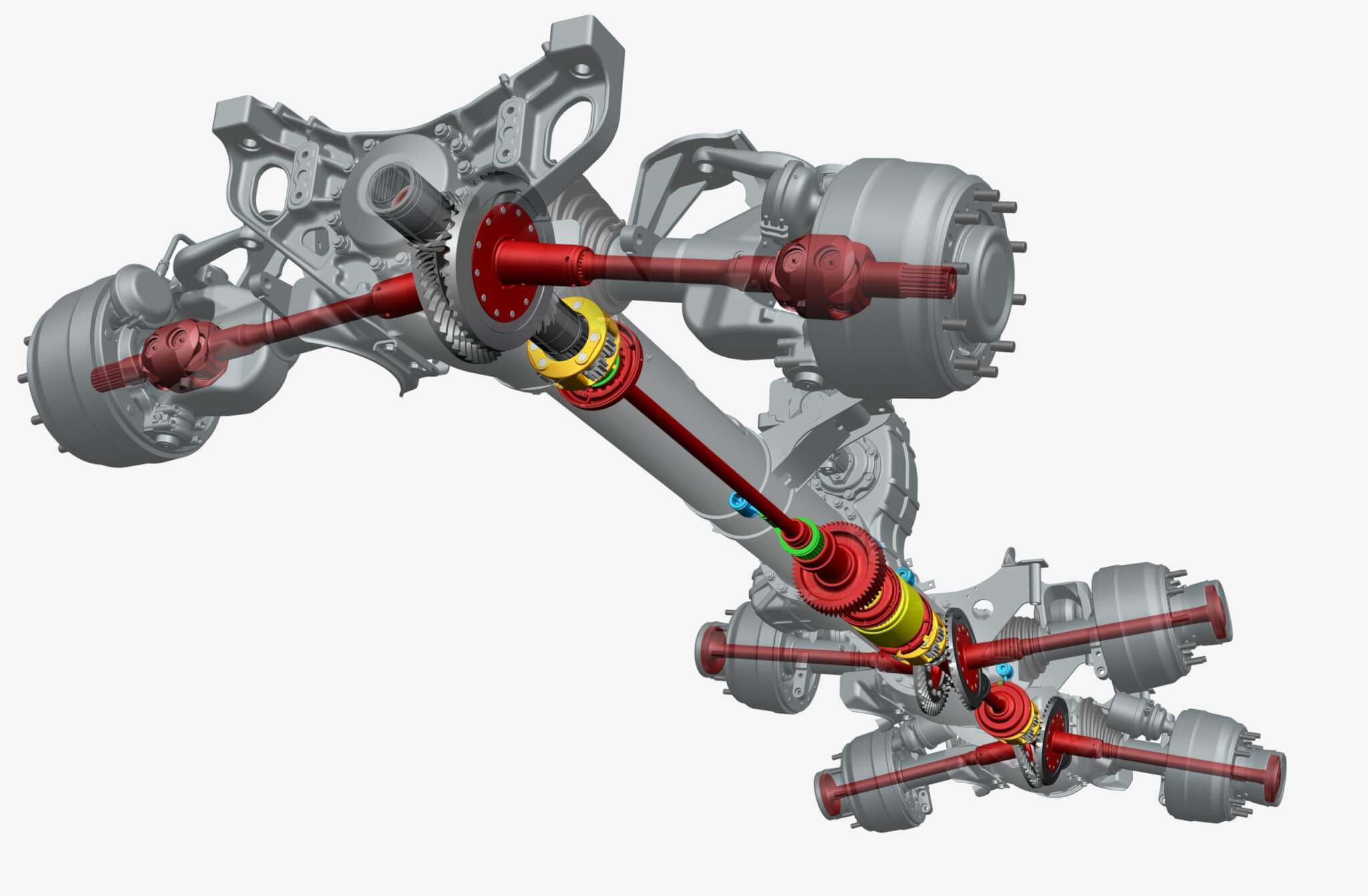
Tatra chassis 6×6. | Photo: Tatra Trucks
The unique design enables fast passage over difficult terrain and ensures driving stability, two of the attributes valued by customers in the construction, mining, exploration and, to some extent, agricultural industries. The invaluable features of these cars, or rather the unique chassis, are then among firefighters and in the military, whether they are used as the basis of logistics or combat vehicles.
Significant reduction
The cars from Kopřivnice, whose production has more than 120 years of tradition, have always been unique in their design, whether they were passenger or freight cars. And it was the durability and ability to overcome obstacles of the Tatra trucks that was fully proven after the Second World War throughout the then socialist bloc, while only to a lesser extent were they exported to the West. Tatras were used on construction sites, in quarries, in fields and on roads, but in a planned (and market-distorted) economy they were also used where it did not make economic sense. In the 1980s, Kopřivnice produced 15,000 of these trucks a year – as did two other Czech truck manufacturers, Avia and Liaz, but they covered different segments.
After 1989, of course, production dropped very quickly, first to four thousand, then to two thousand and even lower. Heavy off-road vehicles were still being produced and used for that purpose. The market for such vehicles, however, proved to be many times smaller after the end of socialist planning, and today, although it is 15,000 units a year, it is worldwide.
Since 1990, Tatra has undergone several restructurings and has been threatened with closure and bankruptcy. It was only after 2013, with the arrival of new owners, the holding companies Czechoslovak Group (which owns 65 percent of Tatra Trucks) and Promet Group (which owns 35 percent), and after further restructuring, that Tatra gained a new lease of life. Today, it uses only part of the giant Kopřivnice industrial site, concentrating on what it can do safely and buying other components and parts. For the last nine years, it has been increasing production and has been in the black.
Progressing modernisation
What is behind Tatra’s success today is not just persistence with the original idea – to produce cars in special or niche segments that no one else does. The chassis concept, which the designer Hans Ledwinka came up with in 1923, with a backbone tube at the front end, a two-cylinder air-cooled engine and gearbox at the front end, and an axle with independently suspended swing axles at the rear end, was and is retained in most of the cars. However, thanks to the development that has been maintained in Tatra since its inception, the cars have gradually changed in some parameters. In 1997, for example, the air suspension was switched to the rear axles, and in 2007 it was applied to the front axles for the first time.
The 2009 decision of the previous Tatra owners not to continue producing their own units was only partially fulfilled. While Tatra Phoenix vehicles use a DAF cab and engine and ZF or Allison gearboxes, Tatra Force models often require not only a Tatra chassis and cab, but also Tatra engines and gearboxes.

Tatra Phoenix. | Photo: Tatra Trucks
The Tatra Trucks development department, which currently employs a total of 90 people, continues to focus on the modernisation of engines, gearboxes and cabs in addition to improving the chassis.
The two main model ranges, Phoenix and Force, are currently undergoing a complete modernisation and new generations are being prepared. Testing of Tatra Force prototypes began last year, while Phoenix is due this year. Both new models will be introduced into series production in 2024.
Essential electronics
Where today’s Tatra trucks differ most from their thirty-year-old predecessors is in their electronic equipment. The first of these innovations came to Tatra with the start of cooperation with DAF, which was already equipping the trucks with some assistance systems. While the further development of electronics in the Phoenix follows DAF, the new generation of Tatra Force, which is in the pipeline, is up to the Czech manufacturer.
“The new generation Tatra Force will be packed with electronics,” says Radomír Smolka, adding that the Tatra will enter the electric age in 2024. “We have our own electronics development department, but it works as a system integrator. Just as we have the same chassis for all our cars, we apply unification everywhere else. We buy and use what has already been developed for other companies and what’s on the market, we just modify it to our needs – that includes the electronic components. We have to be quick and skilled applicators, which is what our customers appreciate about us,” says the head of development, who has been linked to Tatra’s history virtually all his professional life.
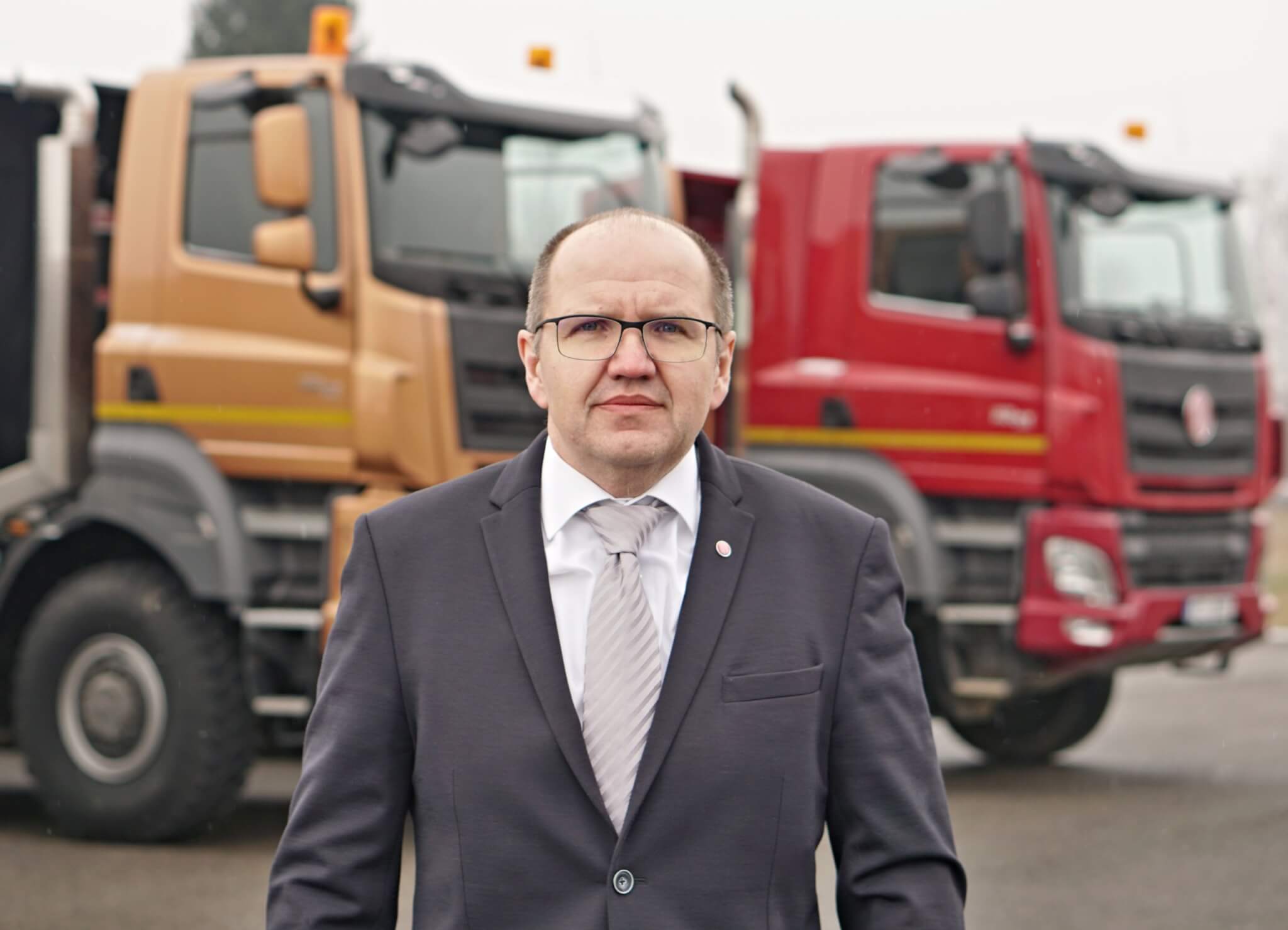
Head of development Radomír Smolka has connected his entire professional life with Tatra. | Photo: Tatra Trucks
Radomír Smolka joined the development department of Tatra Kopřivnice as an engine designer right after graduating from the Faculty of Mechanical Engineering at the Brno University of Technology. In 2005, he spent half a year in the USA, where he was responsible for the design of one of Tatra’s special projects. Since 2010, he has been the technical director and now he is the director of research and development. In the past, he was responsible for the development of the Tatra 815-7 (Tatra Force), Tatra 810 (Tatra Tactic) and Tatra Phoenix vehicle series, and was also responsible for initiating a project with partner company DAF.
Today, Radomír Smolka, together with the owners of the company and taking into account the world developments and customers’ wishes, determines the direction of the car company. Since 2019, he has also been the Director of Research and Development at the partner company Tatra Defence Vehicle.
Army contracts
The largest order currently being executed in Kopřivnice Tatra is intended for the Belgian army. It was awarded to DAF in 2021 and the complete vehicles, of which there will be almost nine hundred, have been developed and are currently being manufactured in Kopřivnice. Most of them are in 4×4 configuration, others in 8×8 four-axle versions.
In addition, more than a third of the vehicles are fitted with a ballistic cab developed by Tatra Defence Vehicle, part of the Czechoslovak Group. “These cabs are the safest crew cabs in the logistics vehicle category today and together with Tatra chassis, which guarantee above-average terrain clearance and meet other demanding parameters, they are vehicles that no competitor can offer,” says Radomír Smolka.
The first deliveries have already headed to DAF and the customer last year, and the order will be completed in 2025.
The second major order in the defence segment is an order for logistics vehicles from the Ministry of Defence of the Czech Republic. This is for the delivery of 209 Tatra Force 6×6 model series trucks and 80 trucks of the same series, in 8×8 configuration, with hook loaders. Tatra Trucks is also working on other projects to modernise the Czech Army’s armaments and equipment. These include projects for new wheeled self-propelled howitzers and air defence missile sets, for which Tatra Trucks is to supply the army with the appropriate chassis. There are more similar orders for the Czech army.

Tatra Tactic 4×4. | Photo: Tatra Trucks
In addition to the aforementioned Belgian contract, Kopřivnice also executes other military contracts from abroad. First of all, there are 77 firefighting specials for the German army, which Tatra has been delivering in cooperation with the Austrian company Rosenbauer since last year. These include vehicles for field work in military training camps in Germany, which are managed by the US Army, or vehicles for the training needs of the Dutch Army. In both cases, the vehicles are variants of the Tatra Phoenix.
This year, Tatra Trucks is also continuing to deliver vehicles of various versions to the Ukrainian Armed Forces. All in all, the conflict in Ukraine has significantly increased the demand for military equipment, and hence for Tatra vehicles. However, supplies of Tatra vehicles were already taking place before the war, and the Ukrainian media even reported on the Ukrainian army’s intention to switch to Tatra chassis.
European legislation
Tatra Trucks is always looking for new segments where it can apply its original, time-tested concepts. But at the same time, together with its partners, it is working on versions of vehicles that meet the demands of the times – and in particular of legislation. “EU regulations on emissions naturally also apply to Tatra. For the Phoenix model, of course, we share DAF’s technology, but for the Force model range, it’s up to us,” says Radomír Smolka, reiterating a point he has already made: Tatra does not have the ambition to develop entire drive systems, but will again use technologies developed for major competitors and integrate them.
Radomír Smolka sees the upcoming Euro 7/VII standard, which is supposed to, among other things, significantly tighten emissions in both cars and trucks, as unreasonable to say the least: “Developing an internal combustion engine that would meet this is not a topic for us at all. We would not finance it. The standard – and in general all the pending legislation – is a big risk for all small manufacturers like us who may not survive. Moreover, the customer will not have a choice either. It will not be possible to satisfy the special requirements of firefighters, soldiers or those who work in the mines.”
The new requirements also concern vehicle safety, and according to Radomír Smolka, some of them are impossible to meet. “For example, firefighters or the army need 1,200 millimetres of wading distance for their vehicles. But according to the new General Safety Regulation requirements, cars must have a radar on the front, which must be no more than 1200 millimetres high and must not go under water. In addition, in the exact spot where the radar is supposed to be, firefighters need a winch. Unsolvable. Officials say that these particulars will be sorted out in time, when it gets up to speed, by some exception, but we cannot work like this. And there are more examples like this.”
Alternative drives
Even if Tatra doesn’t want to develop complex drive systems itself, it doesn’t mean that it doesn’t want to try out some of the options in advance – as the head of development says, “so we know what to buy”.
“In my opinion, Tatra should take the power plant with it,” thinks Radomír Smolka, explaining why Tatra used a grant from the Czech Technology Agency to develop a hydrogen car. It will be a heavy tipper on a Tatra Force chassis, which must be able to overcome difficult terrain and have a reasonable range.
The main recipient of the grant is ÚJV Řež, the consortium also includes Centrum výzkumu Řež, the company Devinn and the University of Chemical Technology in Prague. The fuel cell is currently awaiting delivery from an American company. The prototype should be ready in the second half of this year. A working sample will then be presented to potential customers. “Some companies from the mining industry are already asking about the hydrogen car, I think in about four to five years it could be in commercial operation. But maybe it will be even faster,” says Radomír Smolka. However, he believes that the lack of infrastructure may become a limitation.
Staying with hydrogen, Tatra is working on another research task. Together with the Czech Technical University in Prague, they are investigating the possibility of using hydrogen directly in the combustion engine. “Last year we tried a CNG engine, this year we want to try burning hydrogen. Then we can also consider synthetic fuels, but here we are just at the beginning,” Smolka adds.
Another project they are working on in Kopřivnice is a battery vehicle with a range extender. In this concept, the car is also equipped with an internal combustion engine, which, however, does not drive the wheels, but only serves to recharge the batteries when needed. Tatra Trucks is collaborating on the prototype with the German company Rosenbauer.
A classic hybrid vehicle may also be an interesting alternative, and Tatra is also working on a prototype. The manufacturer is basing this on the special requirements of customers, who would appreciate a machine that would operate without noise and heat traces. The car would use a starter-generator combination located between the combustion engine and the gearbox and, using energy storage, could cover a certain distance in purely electric mode before the combustion engine is engaged.
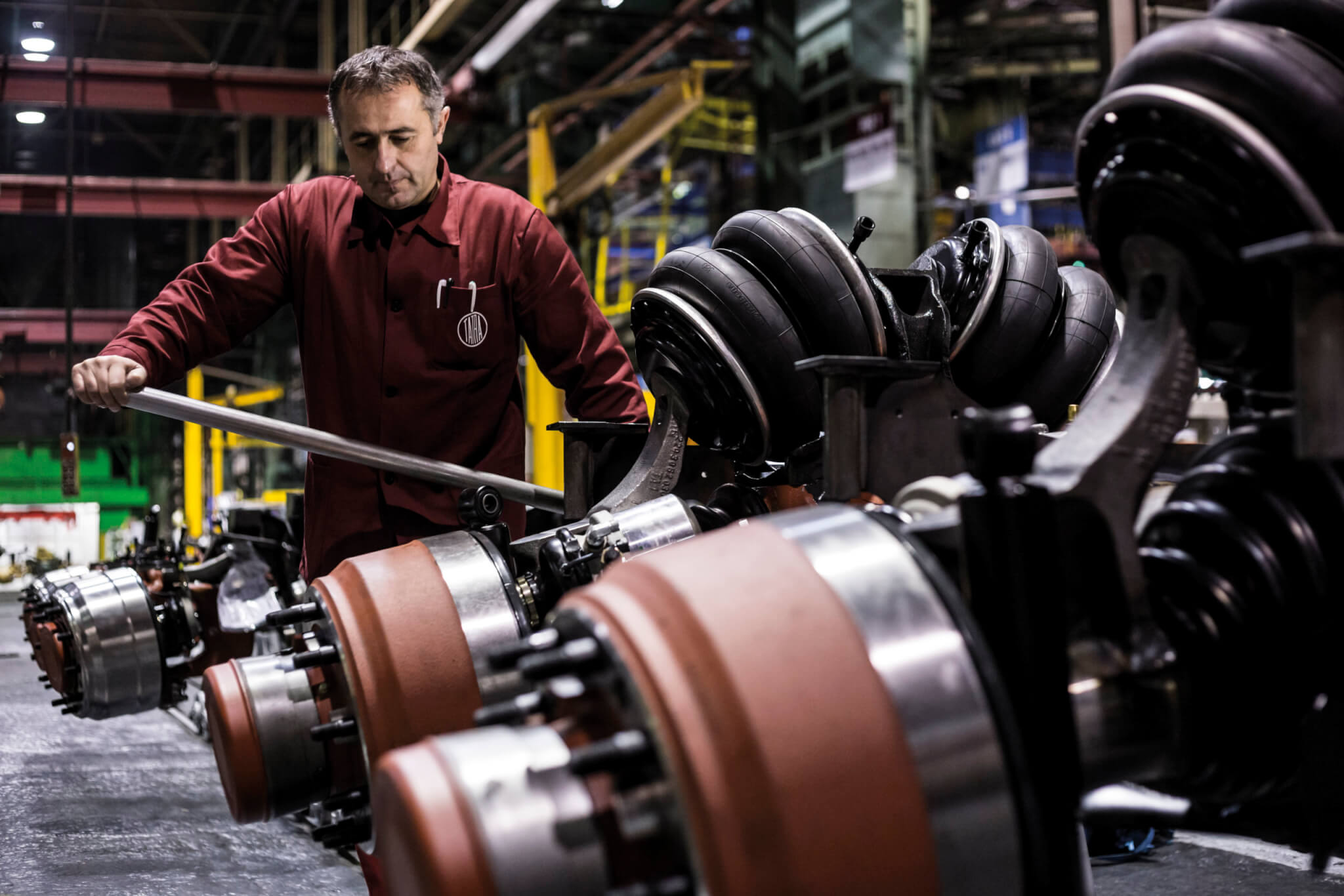
Final assembly of the chassis. | Photo: Tatra Trucks
Autonomous vehicle
Probably the most interesting project currently underway at Tatra is the development of a prototype of a partially autonomously driven car. “We have taken advantage of the offer of the Czech branch of the Valeo concern, which wants to test its sensors in the harshest conditions on a truck,” says Radomír Smolka.
The new generation Tatra Force, which is already being built on an electronic platform, will be used as a technology carrier. Valeo engineers will test how its sensors work in difficult terrain, and Tatra will gain experience of what autonomous driving of heavy trucks will look like. In this context, Tatra has started a collaboration with the University of Mining and Metallurgy – Technical University of Ostrava, which will create an interface, the so-called Drive-by-Wire, that will link the truck’s electronic platform with Valeo’s sensors.
“For us, Drive-by-Wire Truck is an effective tool for integrating partial autonomous driving systems into prototypes. With this tool, we can be more flexible in the development phase and prepare the requirements for the final control unit that will provide autonomy for the vehicle in stages 3 to 4,” explains Radomír Smolka, who is working with the university.
According to him, the use of autonomous driving in large heavy cars that move off public roads makes sense. “Such technologies are already being deployed in confined spaces outside public roads, for example in agriculture or in the mining industry. I can imagine that they would find applications in the defence or rescue segment,” says the automaker’s representative, adding: “In fact, all the technologies are already there, but what is still missing is legislation, which, especially in Europe, will not take off quickly.”
Contact
Next articles and interviews
Next articles and interviews
+ Show








